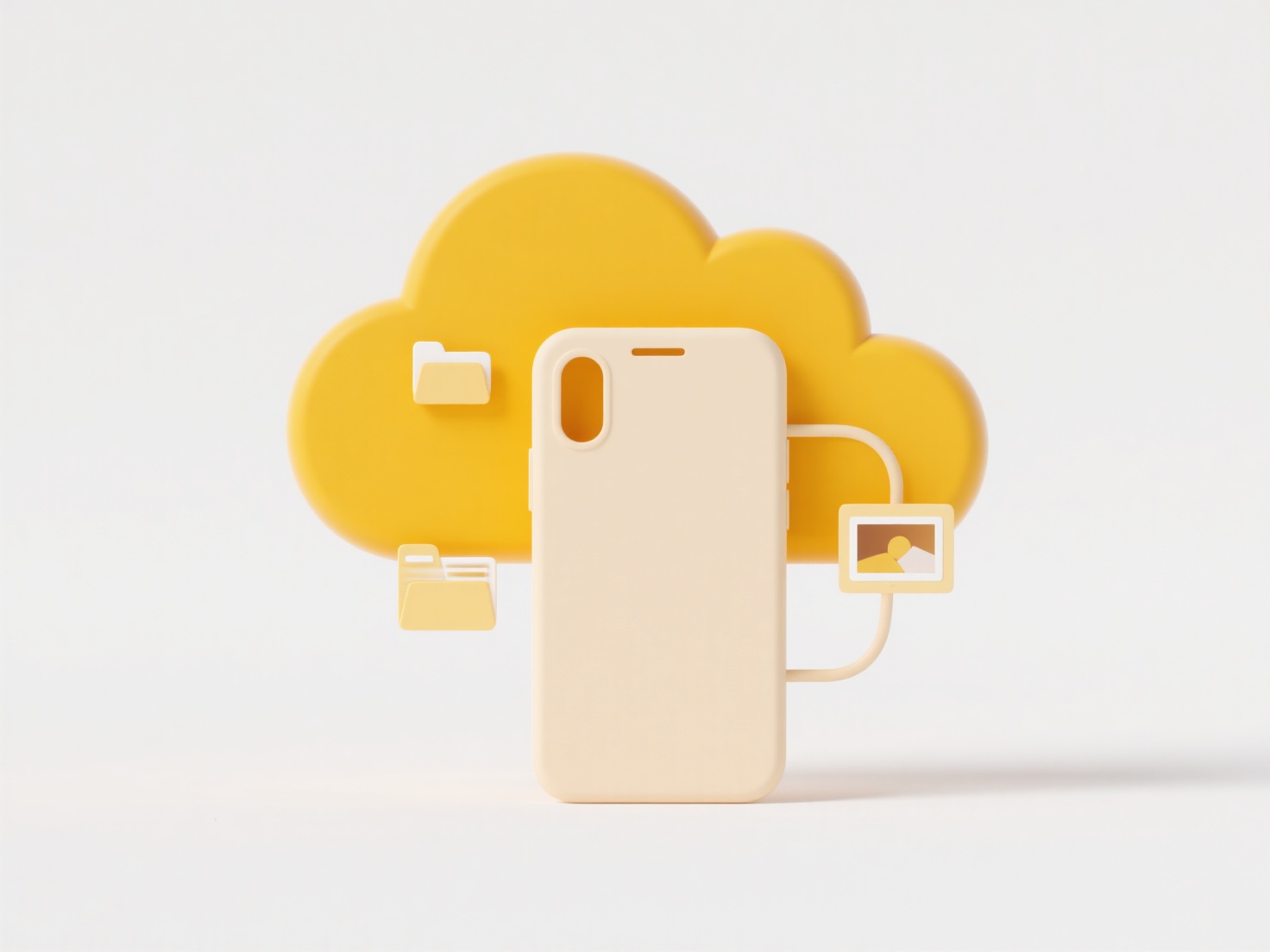
A shared Dropbox folder allows multiple users to access the same files. You can configure sharing permissions so others can only add (upload) new files to the folder; they cannot view, download, edit, rename, move, or delete any files already present or subsequently uploaded by anyone else. This differs from common shared folders where collaborators typically have view or edit rights on all content.
This functionality is frequently used for collecting content from contributors without granting full access to the folder's contents. Common examples include submitting homework assignments for a class or gathering design drafts, expense receipts, or contract signatures within organizations. The Dropbox "File Request" feature specifically creates such a drop-off point: users receive a unique link to upload files into your designated folder, but cannot see its contents or what others have uploaded.

The key advantage is improved security and control over sensitive or confidential documents. It streamines content submission, especially from external parties. A limitation is that organizers must actively manage and organize the incoming files, as contributors cannot name files meaningfully for others. Additionally, without automated renaming, duplicated filenames can overwrite existing submissions. This controlled approach encourages wider use for sensitive submissions where confidentiality is paramount.
Can I create a shared dropbox where others can upload only?
A shared Dropbox folder allows multiple users to access the same files. You can configure sharing permissions so others can only add (upload) new files to the folder; they cannot view, download, edit, rename, move, or delete any files already present or subsequently uploaded by anyone else. This differs from common shared folders where collaborators typically have view or edit rights on all content.
This functionality is frequently used for collecting content from contributors without granting full access to the folder's contents. Common examples include submitting homework assignments for a class or gathering design drafts, expense receipts, or contract signatures within organizations. The Dropbox "File Request" feature specifically creates such a drop-off point: users receive a unique link to upload files into your designated folder, but cannot see its contents or what others have uploaded.

The key advantage is improved security and control over sensitive or confidential documents. It streamines content submission, especially from external parties. A limitation is that organizers must actively manage and organize the incoming files, as contributors cannot name files meaningfully for others. Additionally, without automated renaming, duplicated filenames can overwrite existing submissions. This controlled approach encourages wider use for sensitive submissions where confidentiality is paramount.
Quick Article Links
What’s the best format to save documents in?
The best document format depends on your specific needs, balancing editing capability, universal readability, and long-t...
Are there file naming limits when syncing with OneDrive or Dropbox?
OneDrive and Dropbox enforce specific rules for file and folder names to ensure reliable syncing across devices and oper...
Can I force a camera to use a specific image format?
Camera image formats define how pictures are stored as files, such as JPEG, RAW, PNG, or TIFF. You often cannot force th...